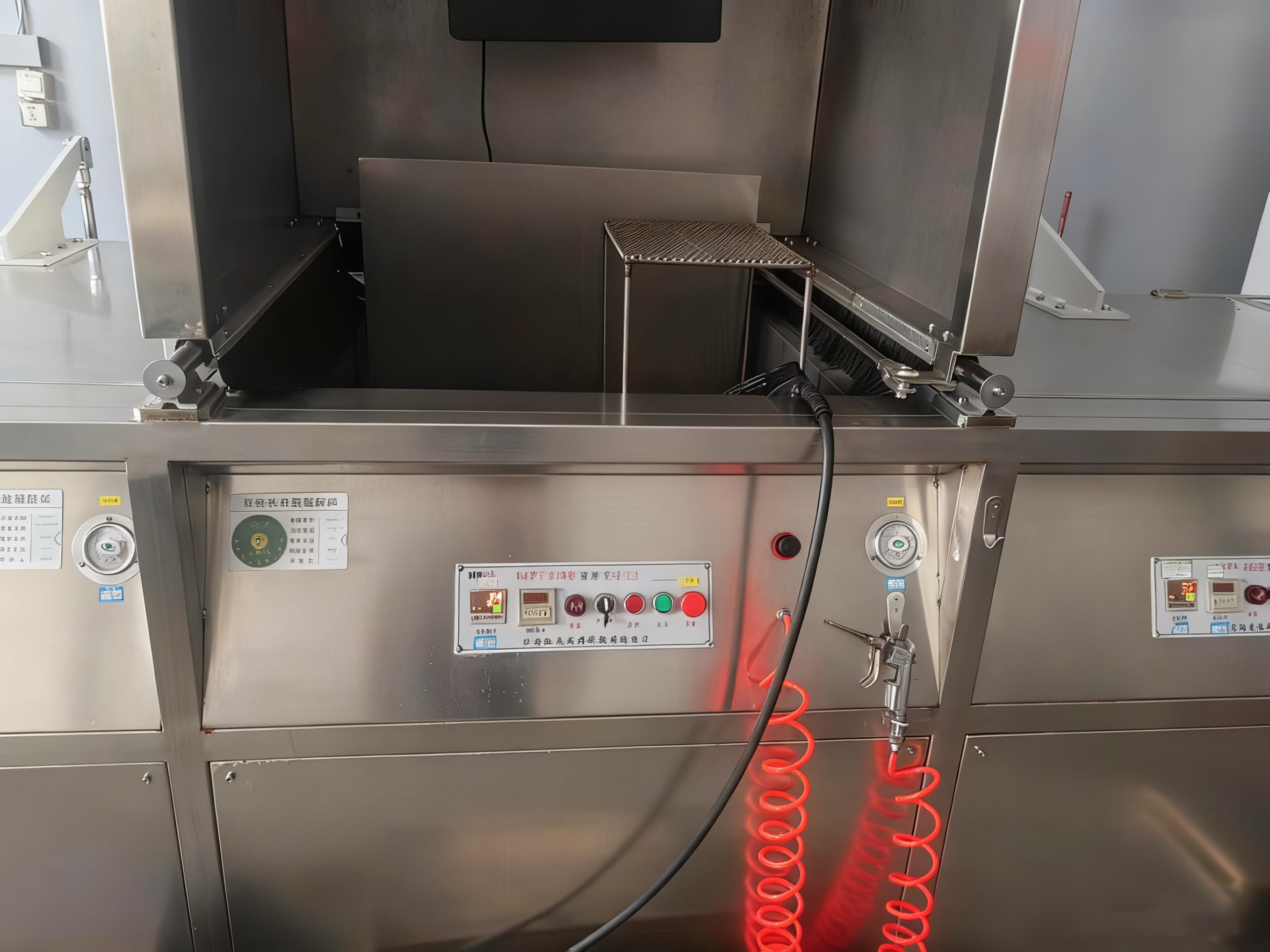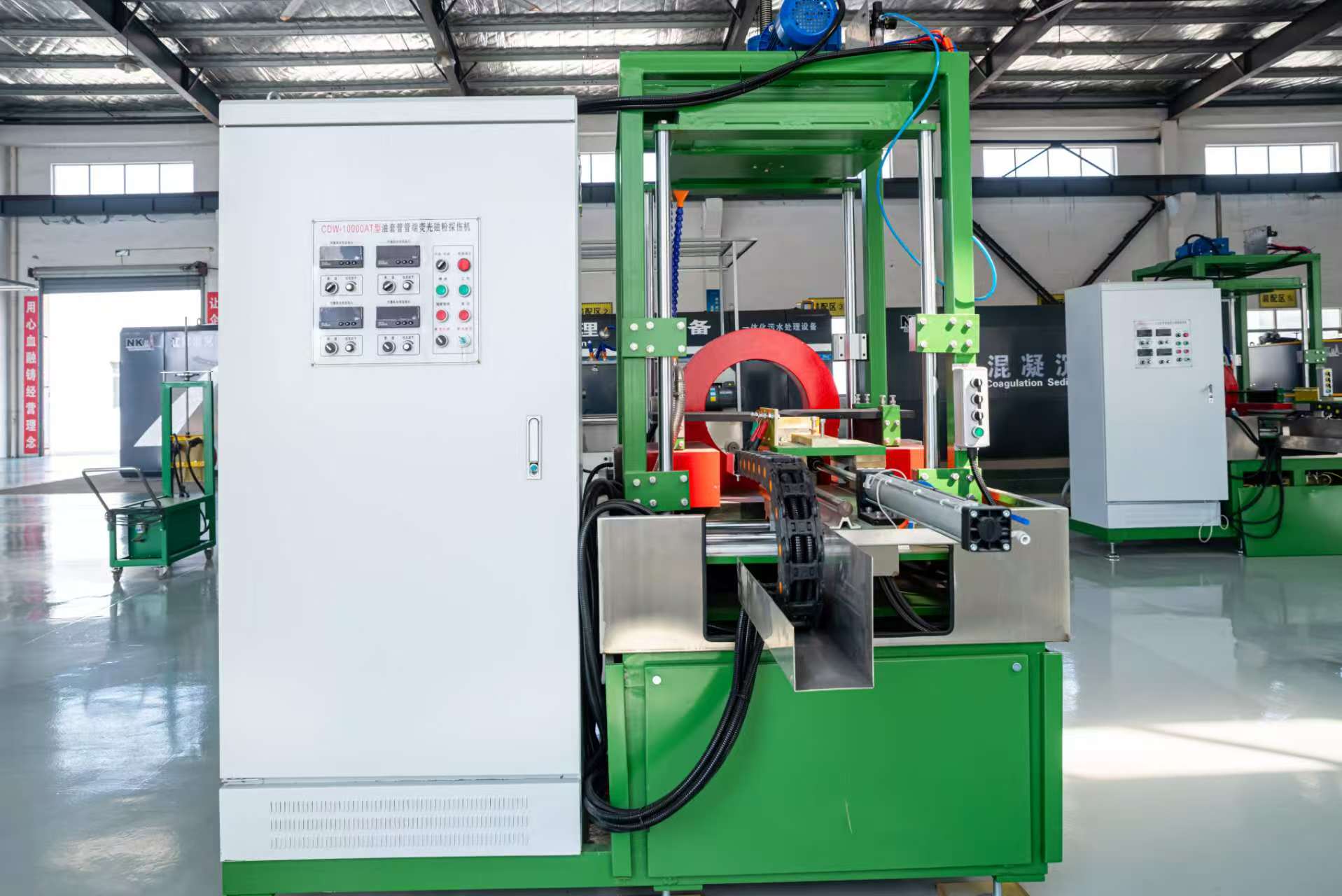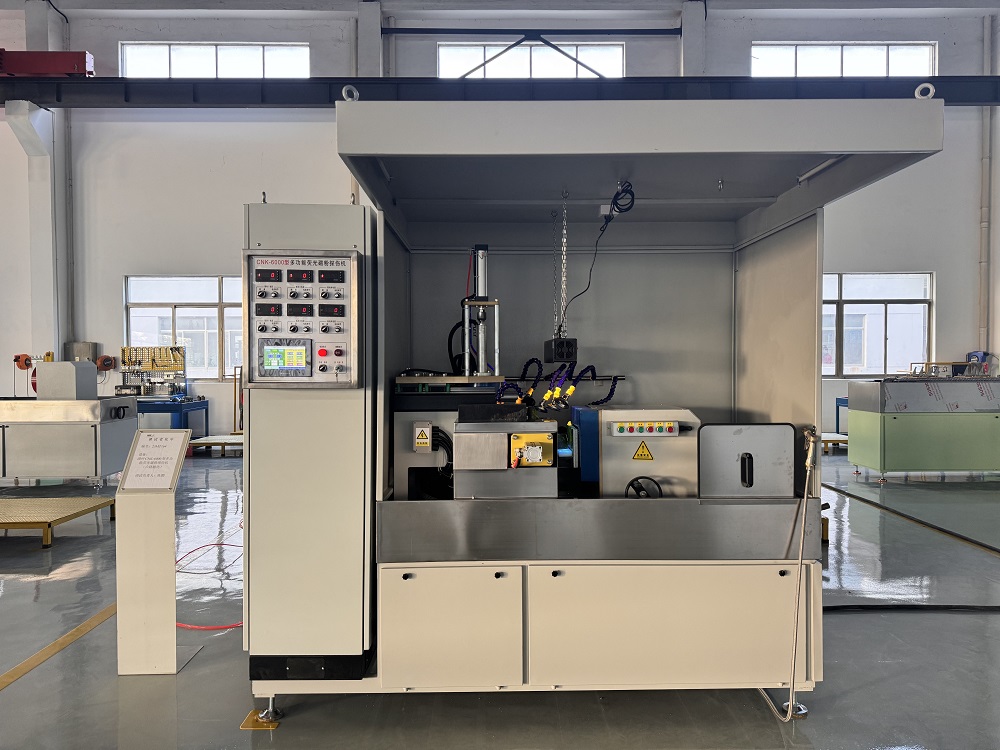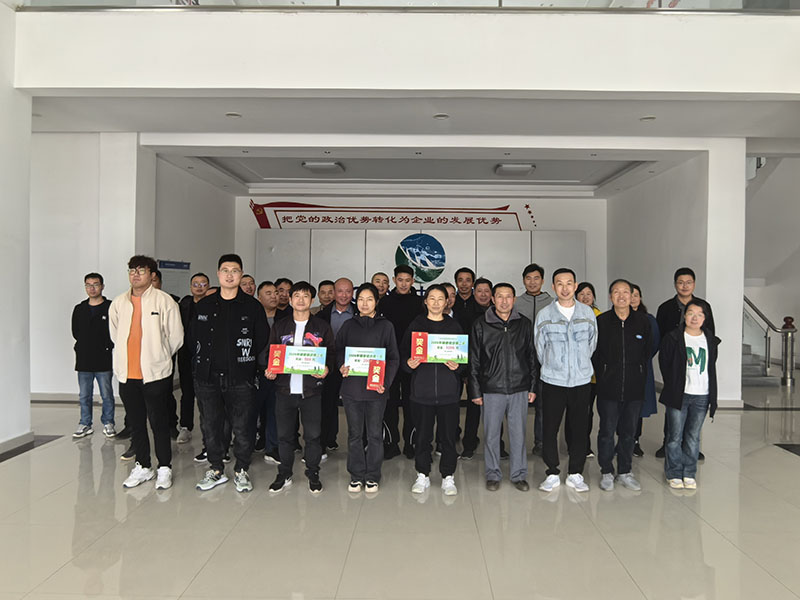How to Choose Magnetic Particle Inspection Machines
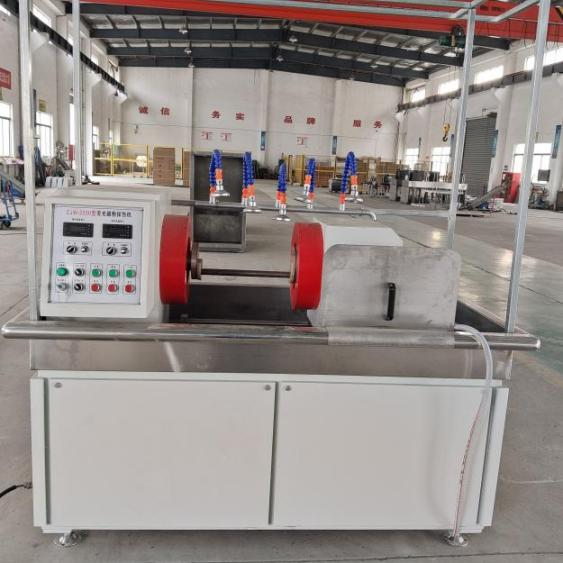
Why Magnetic Particle Inspection Equipment Selection Matters
When it comes to non-destructive testing (NDT), magnetic particle inspection (MPI) is one of the most effective methods for detecting surface and near-surface defects in ferromagnetic materials. However, choosing the right magnetic particle inspection machine is critical to ensure test accuracy, efficiency, and cost-effectiveness.
This article will guide you through how to choose magnetic particle inspection machines based on your environment, workpiece characteristics, and functional needs. It will also cover basic installation and operational tips to help you get started.
1. How to Choose a Magnetic Particle Inspection Machine
When selecting MPI equipment, you should ensure that it can perform the following steps:
-
Magnetization
-
Application of magnetic particle suspension
-
Observation under proper lighting
-
Demagnetization
These steps can be integrated into one machine or divided into separate units based on application requirements.
1.1 Based on Work Environment
-
Fixed Workstation (Factory or Lab): Use a bench-type MPI machine with complete functions for repeated, reliable inspections.
-
On-Site Inspection (Field/High Altitude): Choose portable or mobile MPI machines where fixed units are not feasible.
-
Production Line with High Volume: Opt for specialized or automated MPI equipment, possibly separating magnetization and demagnetization stations to improve efficiency.
-
Laboratory Use: Fixed units with multiple magnetization options (circular, longitudinal, multidirectional) are ideal.
1.2 Based on Workpiece Characteristics
-
Small and Moveable Parts: Use a fixed-type machine with sufficient magnetizing current and versatile operation modes.
-
Large or Heavy Components: Choose a mobile or portable unit that allows sectional or localized magnetization.
-
Dark or Low-contrast Surfaces: Opt for fluorescent MPI machines to improve visibility, or use magnetic powders with strong color contrast.
2. Installation & Commissioning of Magnetic Particle Inspection Machines
Primarily applicable to fixed-type MPI machines, installation should follow the equipment manual. Key considerations include:
-
Place the unit in a dry, ventilated, well-lit room, preferably with a roof and adequate space.
-
Use proper power cables and switches to handle high current loads (especially for AC or half-wave DC units).
-
Avoid placing sensitive electronic devices nearby due to magnetic interference.
-
Raise the machine slightly on wooden blocks to improve airflow and cooling.
Commissioning Checklist:
-
Power on and check all indicator lights and meters.
-
Start the pump motor and verify magnetic suspension flow.
-
Test the variable transformer for stable voltage regulation.
-
Inspect the clamp travel and limit switches.
-
Conduct magnetization tests starting from low current, gradually increasing.
-
Ensure proper function of demagnetization and safety shutdown.
3. Using Magnetic Particle Inspection Equipment
Operational procedures vary between fixed, portable, and mobile machines. Here’s a typical usage guide based on a standard bench unit (e.g., CJW-4000 type):
3.1 Preparation
-
Turn on main power, check voltage, and indicators.
-
Activate the magnetic particle circulation pump to mix the suspension.
3.2 Magnetization Options
-
Circular Magnetization: Clamp the part between two contact plates; adjust and confirm the magnetizing current.
-
Longitudinal Magnetization: Use coil induction; verify with the longitudinal current meter.
-
Multidirectional Magnetization: Select combined mode and adjust both current paths accordingly.
3.3 Inspection Process
-
Apply magnetic suspension during or after magnetization (based on continuous or residual method).
-
Observe magnetic indications and evaluate them using standard reference blocks.
-
Perform demagnetization if required, ensuring gradual voltage reduction to zero.
3.4 Post-Inspection
-
Clean and classify tested parts.
-
Shut down the machine and perform routine cleaning and maintenance.
For portable MPI machines, follow specific operating manuals. These units often rely on prods or magnetic yokes for localized testing and may operate on battery or AC power.
Conclusion
Understanding how to choose magnetic particle inspection machines is essential for ensuring efficient and accurate flaw detection. Consider the inspection location, workpiece characteristics, and operational features before selecting your MPI equipment. Correct installation and proper usage also play a crucial role in long-term reliability and performance.
Need Help Choosing the Right MPI Machine?
At Nuke NDT, we offer a wide range of magnetic particle inspection systems tailored for different industries—automotive, aerospace, shipbuilding, railway, and more. Contact us today to receive expert advice and a customized solution.


